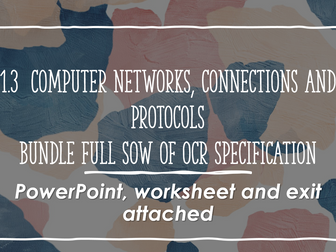Bundle

Computer networks, connections and protocols J277
This bundle covers the main topics in the OCR J277 GCSE computer science component 1.3 (Computer networks, connections and protocols)
Covers topics of Networks and topologies (1.3.1) & Wired and wireless networks, protocols and layers (1.3.2).
The lessons contain notes, tasks and exam questions (via a Powerpoint/pdf/Word) that can be used to help aid progress.
Please leave a review with your feedback. Thanks
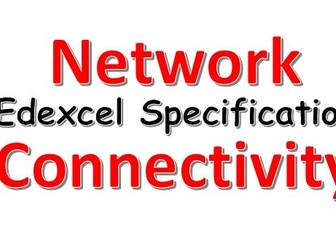


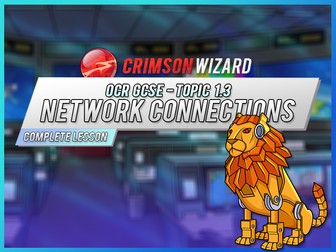

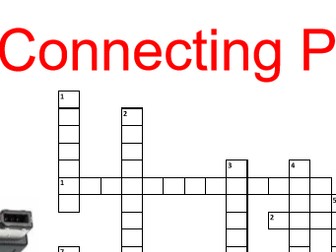

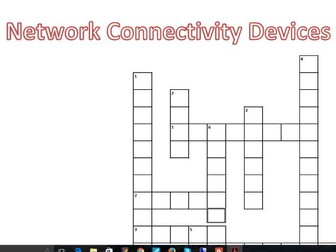




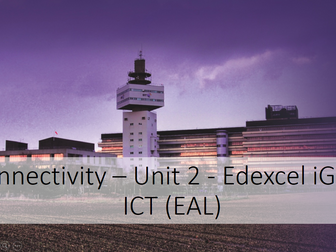



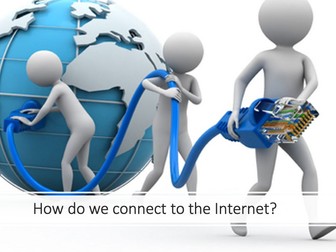

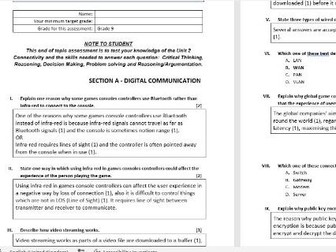



![POKEMON Character Design Art Lesson Package [Connective]](https://l.imgt.es/resource-preview-imgs/644f12b1-451c-4f05-bc65-49dc9c4db8b0%2Foriginal52737111.crop_350x263_0%2C19.preview.jpg?profile=res-img-med-legacy-v2)

